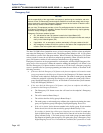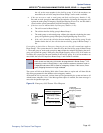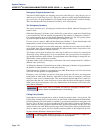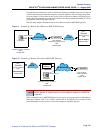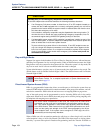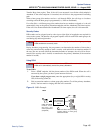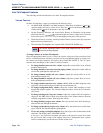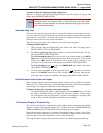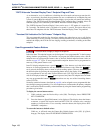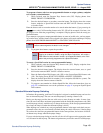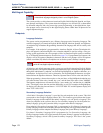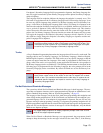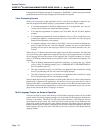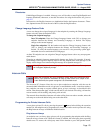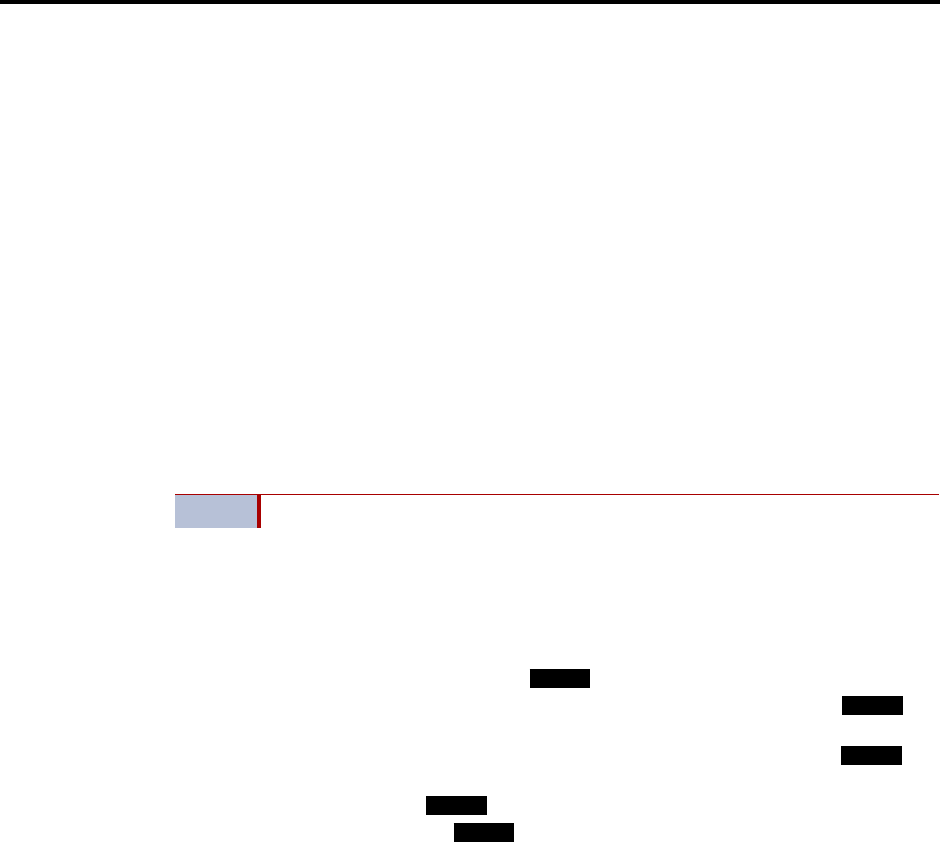
System Features
INTER-TEL
®
CS-5200/5400 ADMINISTRATOR GUIDE, ISSUE 1.1 – August 2005
Page 168 “DKTS Alternate Transient Display Timer” Endpoint Flag and Timer
“DKTS Alternate Transient Display Timer” Endpoint Flag and Timer
As an alternative to (or in addition to) disabling the call transfer and message transient dis-
plays, as previously described, the programmer can use a combination of an endpoint flag and
a timer to control all of the endpoints’ transient displays (not just the call transfer and message
displays). The “DKTS Alternate Transient Display Timer” endpoint flag, if enabled, allows all
transient displays to be controlled by the “DKTS Alternate Transient Display” timer.
The “DKTS Alternate Transient Display” timer can be set to 1–255 tenths of a second (0.1–
25.5 seconds). The default value is 10 tenths of a second (1 second). This timer affects only
those Inter-Tel endpoints with the “DKTS Alternate Transient Display Timer” flag enabled.
“Transient Call Indication On Call Answer” Endpoint Flag
This programmable endpoint flag determines whether the endpoint user sees a call display
when answering a call by pressing a secondary extension button or by reverse transferring. If
enabled, the display shows if the call was ringing, recalling, transferred, or holding at the other
endpoint.
User-Programmable Feature Buttons
Individual Inter-Tel endpoint buttons can be designated “user-programmable” in the keymaps
during database programming. The installer can program the default feature codes, and the
endpoint user can reprogram the feature codes as desired. Default endpoint feature codes are
shown on page 357. Up to 35 user-programmable endpoint buttons can be programmed to
enter any of the general feature codes.
Inter-Tel display endpoints have a special key if the buttons are in the default state,
however, it can be programmed to use any of the Forward feature codes. When the but-
ton is pressed, the display shows a menu of call forwarding options. The user must then select
the desired option by pressing the corresponding button next to the display. If the but-
ton is programmed to use any other Forward feature code (355-358), the forwarding options
will not be displayed when the button is pressed. Any Inter-Tel endpoint user can make
any user-programmable button a button that uses any one of the forwarding feature
codes (355-358).
Secondary extension buttons, described on page 98, can be assigned to user-programmable but-
tons during keymap programming. If so, the endpoint user can determine the primary endpoint
that is associated with the secondary extension button by using the feature button programming
procedures given below.
To display the current button entries:
1. While on-hook, enter the Review Keys code (396). The display shows PRESS THE
KEY TO REVIEW.
2. Press the feature or Speed Dial button(s) to be displayed. The display shows the feature,
username, or speed dial location name and KEY VALUE: <feature code, extension
number, or location code>. For a secondary extension button, the display shows SEC-
ONDARY: <endpoint>.
To return the buttons to default values:
While on- or off-hook, enter the Feature Key Default feature code (395). If off-hook,
hang up. The display shows FEATURE KEYS DEFAULTED.
NOTE This feature does not apply to single line endpoints.
FWD
FWD
FWD
FWD
FWD



